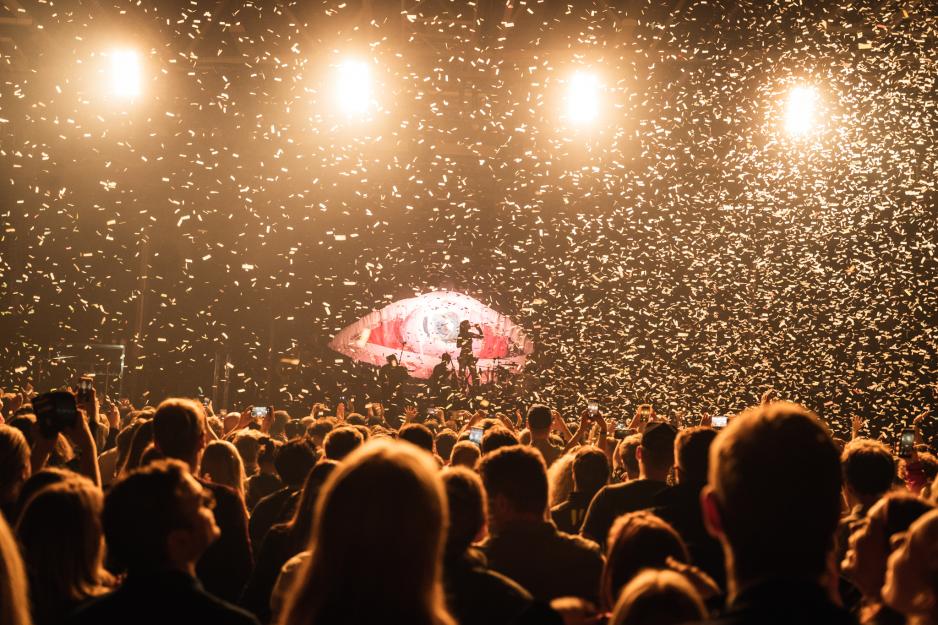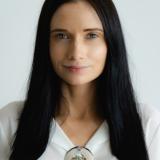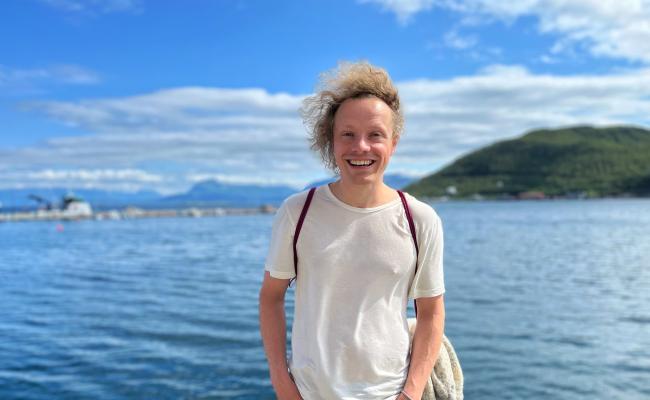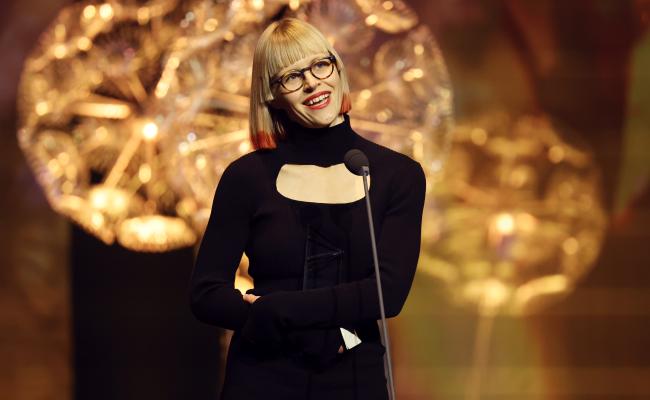Arctic Winds During Iceland Airwaves

Iceland Airwaves is a world-renowned annual festival in Reykjavik, Iceland. The festival debuted in an airplane hangar at Keflavík Airport in 1999 – and has since spread to the Icelandic capital's record stores and art museums, bars and churches, nightclubs, and big stages. Photo from a previous edition of the festival. (Photo: Ásgeir Helgi)
These days, Arctic music is celebrated during the Iceland Airwaves festival in Reykjavik. The concert series Arctic Waves, developed in collaboration with festivals from Sàpmi, Greenland, and Canada, invites a captivating Northern world of sound.
Every fall, the internationally acknowledged Iceland Airwaves festival in Reykjavik invites a glowing celebration of music.
On Thursday, this year's edition was initiated – which includes a celebration of music from Arctic areas.
The Arctic Waves concert series invites the audience to experience an exciting Northern range: Pop, traditional joik and electronic music from Sápmi. Indie rock, electronica, death metal, and rap from Greenland. Folk, rock, pop, throat singing, and soul from Canada.
It has been developed in collaboration with the indigenous festival Riddu Riđđu in Sápmi (Kåfjord, Northern Norway), the music festival Arctic Sounds in Sisimiut, Greenland – and the Alianait Arts Festival in Iqaluit, Nunavut in the north of Canada.
It all takes place in the Nordic House in Reykjavik and is part of Iceland's presidency program of the Nordic Council of Ministers 2023.
"We are thrilled to unite some of the finest musicians from the Arctic region in this concert series in the Nordic House, where we will enjoy three days of amazing music together. Arctic Waves is not just a concert series; it’s a cultural celebration and a platform for fostering musical connections that transcend borders," writes Iceland Airwaves.
Four of the total of 10 Arctic artists are also part of the festival's larger lineup: Katarina Barruk and Niilas from Sápmi, Andachan from Greenland, and Elisapie from Canada.






